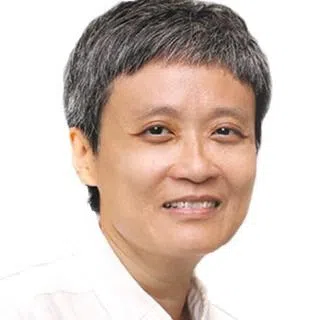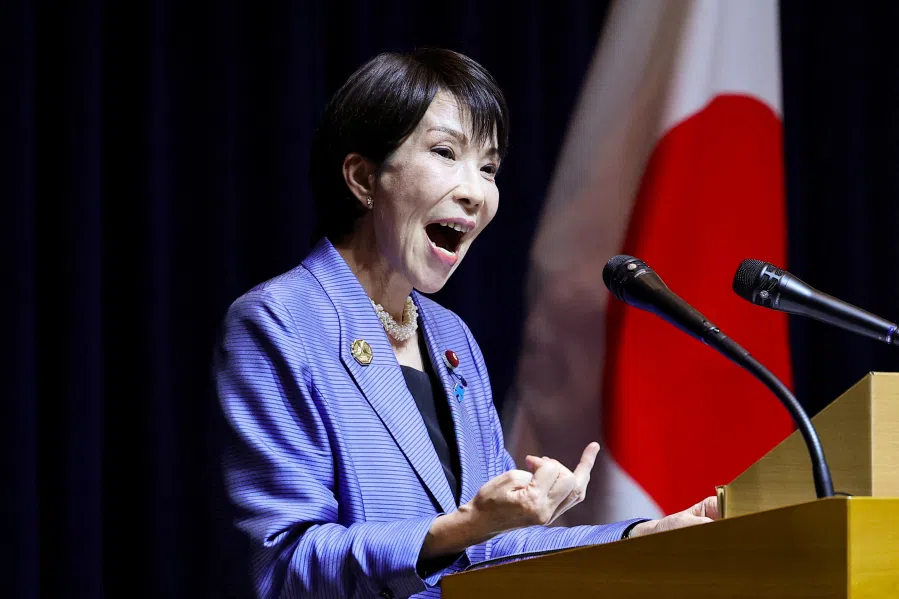From AI to outer space: Inside China’s ambitious 15th Five-Year Plan
Beijing’s 15th Five-Year Plan puts “high-quality development” front and centre — fusing AI-driven industry, stronger domestic demand, and even ambitions to become a “spacefaring nation”. Can this new vision secure China’s next economic miracle? Lianhe Zaobao correspondents Sim Tze Wei and Yush Chau report from Beijing.
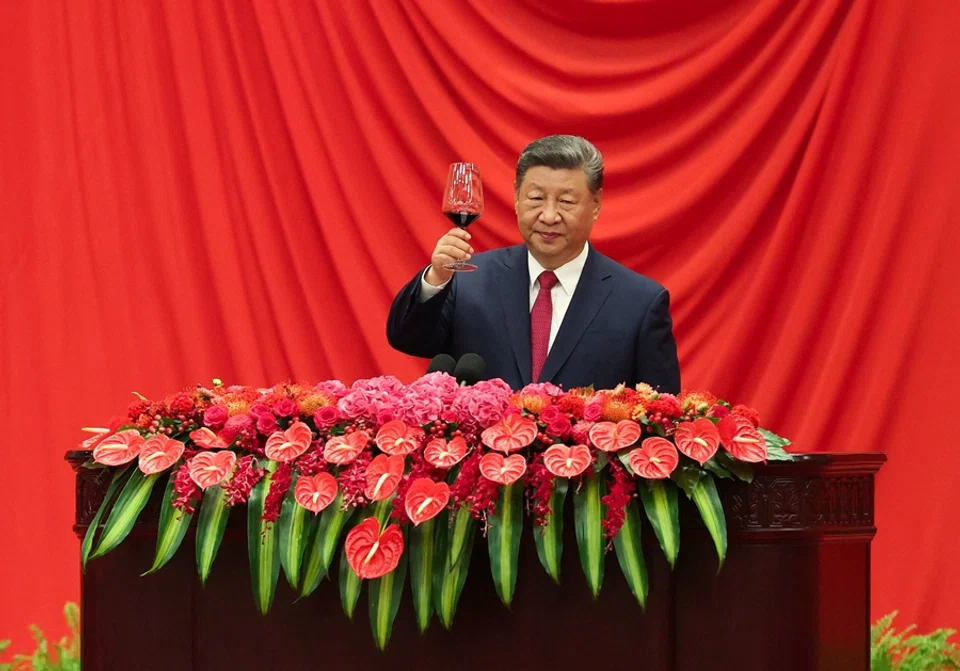
As the China–US tech and trade wars harden into a prolonged, high-stakes rivalry, Beijing is preparing its next move. In its 15th Five-Year Plan (2026–2030) affirmed during the fourth plenary session, the Chinese Communist Party (CCP) has pledged to build a modern industrial system, boost technological self-reliance, and expand domestic demand — a blueprint aimed at breaking free from dependence on US technology and markets while steering China’s economy toward a new phase of transformation.
The 5,000-word plenary communique assessed that China’s development environment over the next five years will face profound and complex shifts, marked by both strategic opportunities and mounting risks. It called on the nation to “brave high winds, choppy waters, and even dangerous storms”, urging perseverance and strategic resolve to “write yet another chapter in the miracle of rapid economic growth and long-term social stability”.
China doubles down on “high-quality development”
Scholars interviewed by Lianhe Zaobao noted that the CCP appears resolute in pursuing high-quality development — upgrading traditional industries through technology and cultivating future sectors. Two key themes run through the plenary communique: an optimistic belief in finding “opportunities amid crises” over the next five years, and the unwavering goal of achieving basic modernisation by 2035, with per capita GDP reaching the level of mid-developed nations.
On personnel matters, despite three generals being dismissed from the seven-member Central Military Commission (CMC), no major adjustments were made. The only change is Zhang Shengmin’s promotion to CMC vice-chairman. CMC chairman Xi Jinping, vice-chairman Zhang Youxia and CMC member Liu Zhenli, chief of the Joint Staff Department, all retained their posts.
The plenary session placed “significant achievements in high-quality development” as the top goal for the 15th Five-Year Plan period, mentioning high-quality development ten times in the communique...
The four-day fourth plenary session of the 20th Central Committee of the CCP concluded in Beijing on 23 October. According to the communique released by Xinhua News Agency, the plenary session heard and discussed a work report delivered by CCP General Secretary Xi Jinping on behalf of the Politburo, and reviewed as well as approved the Recommendations of the Central Committee of the Communist Party of China for Formulating the 15th Five-Year Plan for Economic and Social Development.
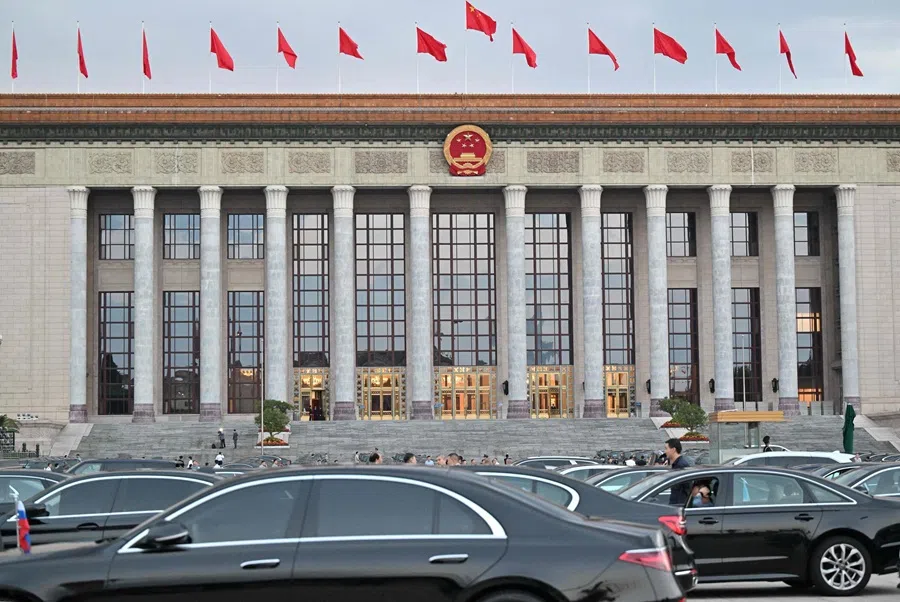
The plenary session affirmed that during the 14th Five-Year Plan period, China withstood the severe impact of a once-in-a-century pandemic and effectively navigated major risks and challenges, asserting that the country’s economic strength, scientific and technological capabilities, and overall national power had reached new heights.
Looking ahead to the next five years, the plenary session outlined five fundamental priorities: keeping economic development at the core; focusing on high-quality development; driving progress through reform and innovation; meeting the people’s growing aspirations for a better life; and ensuring that full and rigorous party self-governance remains the foundation of all efforts.
The plenary session placed “significant achievements in high-quality development” as the top goal for the 15th Five-Year Plan period, mentioning high-quality development ten times in the communique, in turn sending a strong policy signal.
Tech self-reliance and domestic demand drive the next five-year plan
To achieve these goals, the plenary session laid out 12 key tasks. Leading the list are three priorities: first, to build a modernised industrial system and fortify the real economy, upgrading traditional sectors while nurturing emerging and future-oriented industries; second, to boost self-reliance and strength in science and technology, drive the development of new quality productive forces, and push for original innovation and breakthroughs in core technologies across key fields; and third, to cultivate a robust domestic market by expanding demand, raising living standards, and spurring consumer spending.
“...if China’s technological level could be on par with the US, it would bring security to the nation and “China-US relationship could then shift from confrontation to one of cooperative competition.” - Shen Hong, Director, Department of Domestic Development Cooperation, Institute of New Structural Economics, Peking University
Associate Professor Gu Qingyang of the Lee Kuan Yew School of Public Policy at the National University of Singapore told Lianhe Zaobao that the 15th Five-Year Plan revolves around two main task lines. The first focuses on driving industrial development through technological self-reliance — a strategy aimed at overcoming China’s dual challenges: intense pressure from the US and waning momentum in its traditional industries. The second centres on expanding domestic demand and consumption by “investing in the people” — strengthening the social security system and improving livelihoods to spur spending power.
Gu stated that China needs to drive modern industrial development through “AI+” — integrating artificial intelligence into traditional industries — not only to break the US blockade but also to overcome the loss of momentum in domestic traditional industries, including the real estate sector. “Expanding domestic demand is essential; China is a super-sized economy, and even without the US trade war, the Chinese economy needs to transform.”
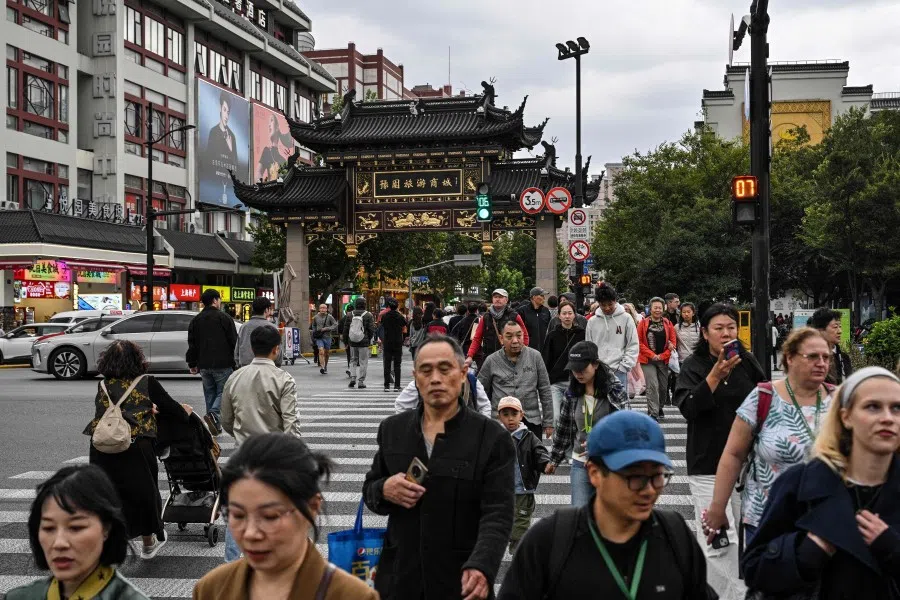
Shen Hong, director of the Department of Domestic Development Cooperation at the Institute of New Structural Economics at Peking University, explained that making high-quality development the top priority of the 15th Five-Year Plan stems from two key goals: overcoming the US technology blockade and addressing China’s regional development imbalances to improve living standards.
Shen commented that if China’s technological level could be on par with the US, it would bring security to the nation and “China-US relationship could then shift from confrontation to one of cooperative competition.”
“In the future, more emphasis will be placed on people’s satisfaction and other softer indicators as the guiding benchmarks for assessment.” - Associate Professor Fu Fangjian, Lee Kong Chian School of Business, Singapore Management University
Meeting the people’s growing aspirations for a better life
Academics interviewed also noted that China will gradually shift from a GDP-centred growth model to a development path oriented toward people’s well-being and quality of life.
Associate Professor Fu Fangjian of the Lee Kong Chian School of Business at Singapore Management University, in an interview with Lianhe Zaobao, interpreted that high-quality development means China’s economy will no longer be measured solely by GDP growth rates. “In the future, more emphasis will be placed on people’s satisfaction and other softer indicators as the guiding benchmarks for assessment.”
NUS’s Prof Gu also noted that previously, the global trend was to “place excessive emphasis on economic growth while neglecting how the fruits of that growth are distributed to the people — how citizens actually feel a sense of gain.” The plenary communique, he observed, shows that China is now putting people at the core, which is why it stresses the expansion of domestic demand.
In terms of strengthening the protection and improvement of people’s livelihoods, the plenary session proposed to “resolve the pressing difficulties and problems that concern the people”, “improve the quality of life”, and “develop education that meets the people’s expectations”.
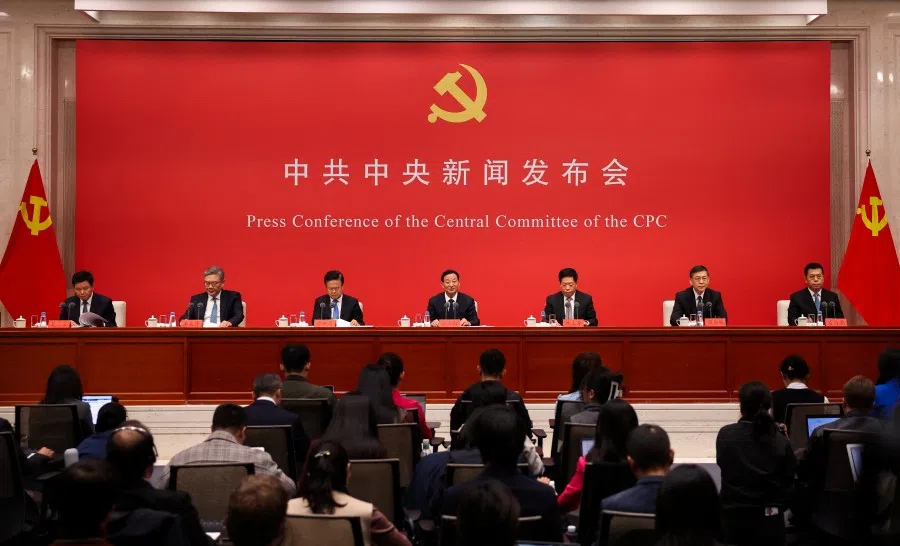
When discussing the building of a robust domestic market, the communique emphasised “improving living standards while increasing consumer spending and coordinating investments in physical assets and human capital.”
The Chinese authorities are expected to release the full text of the proposal in the coming days, and a more detailed outline of the 15th Five-Year Plan will be published in March next year after it is approved at the National People’s Congress.
...compared with the period just after China lifted its pandemic restrictions, the leadership remains generally confident about the economic outlook. - Prof Fu
Most difficult period for China’s economy likely passed
Coinciding with the opening day of the Fourth Plenary Session, official data showed that China’s GDP growth slowed to 4.8% in the third quarter, the slowest pace this year. However, thanks to strong performance in the first quarter, GDP grew 5.2% year-on-year for the first three quarters, keeping the country on track to meet its full-year target of around 5% growth.
The plenary session analysed the current situation and tasks, reiterating the need to “focus on stabilising employment, enterprises, markets, and expectations; maintain the overall stability of the economy; and consolidate and expand the momentum of recovery and improvement.”
At present, China’s economy faces challenges including weak consumption, employment pressure, low private-sector confidence, and a real estate crisis. Yet Prof Fu noted that compared with the period just after China lifted its pandemic restrictions, the leadership remains generally confident about the economic outlook. He pointed out that the Shanghai Composite Index has risen from around 2,800 points a year ago to about 3,800 points, suggesting that the most difficult period for China’s economy has likely passed.
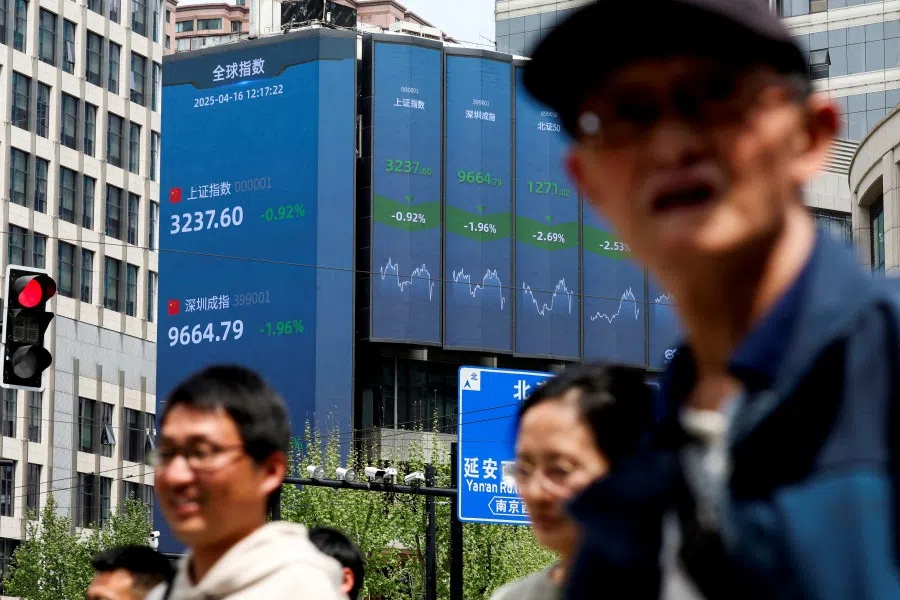
Prof Gu observed that while the 15th Five-Year Plan serves as a medium- to long-term blueprint, its emphasis on technological self-reliance and innovation could also boost employment and help address short-term economic challenges.
A spacefaring nation in the making
To achieve the 2035 goal of reaching per capita GDP levels comparable to moderately developed countries, Economist Intelligence Unit senior analyst Xu Tianchen estimated that China would need to maintain an average annual growth rate of about 4.4% over the next decade. Given the evident downward trend, he believes that short-term policy support remains necessary to create room for sustained growth later.
Notably, the term “spacefaring nation” (航天强国) appears for the first time compared with the communique of the 19th Central Committee’s Fifth Plenum, which outlined the 14th Five-Year Plan.
According to the communique, the 15th Five-Year Plan will focus on building a modern industrial system and accelerating the development of a manufacturing powerhouse, a quality powerhouse, a spacefaring nation, a transportation powerhouse, and a cyber powerhouse. Notably, the term “spacefaring nation” (航天强国) appears for the first time compared with the communique of the 19th Central Committee’s Fifth Plenum, which outlined the 14th Five-Year Plan.
Xu Tianchen noted that this indicates China’s intent to cultivate new drivers of economic growth. Although the aerospace sector was relatively weak during the 14th Five-Year Plan, China has made significant breakthroughs in military aviation and rocket launches in recent years, and is now accelerating its commercial space industry. “France can sell Airbus jets, the US can sell Boeing planes, and China hopes to sell its own aircraft too.”
This article was first published in Lianhe Zaobao as “中共四中全会寻求以科技自强破内外困局 张升民升任军委副主席” and “十五五规划强调经济建设与高质量发展 学者:更注重人民体感”.
